Photography, Documentation, Framing, & Shipping
-By
article, I wrote about approaching galleries, developing a show, and working
with a curator or gallerist. In this segment, I will be talking about the finer
points of preparing your work for a show.
Normal
0
false
false
false
EN-US
JA
X-NONE
/* Style Definitions */
table.MsoNormalTable
{mso-style-name:”Table Normal”;
mso-tstyle-rowband-size:0;
mso-tstyle-colband-size:0;
mso-style-noshow:yes;
mso-style-priority:99;
mso-style-parent:””;
mso-padding-alt:0in 5.4pt 0in 5.4pt;
mso-para-margin-top:0in;
mso-para-margin-right:0in;
mso-para-margin-bottom:8.0pt;
mso-para-margin-left:0in;
line-height:107%;
mso-pagination:widow-orphan;
font-size:11.0pt;
font-family:”Calibri”,”serif”;
mso-ascii-font-family:Calibri;
mso-ascii-theme-font:minor-latin;
mso-hansi-font-family:Calibri;
mso-hansi-theme-font:minor-latin;}
(yay!), found yourself a show, worked out your schedule for your workload and
you’re ready to rock. It’s all creative juices from here on out, right?
brain, namely things like Documentation
of your work, Framing (or Display),
and Shipping.
Photography (Visual Documentation)
work. Most of us earn a big fat “F” in this category, simply because we don’t
consider the quality of the photograph, especially in the advent of scanners
and cell phones. We also do not consider lighting. At. All.
many angles, catching details, and avoid busy backgrounds (patterned, pretty
backgrounds are a bad idea. Consider a neutral gray or white). Sculptors may
also consider shooting a video of their work in the round, as well as
photograph the work with something to denote scale (example: if it’s a tiny
piece, take a photo of it with a US quarter or a ruler).
that the reflection of ambient light can ruin the photograph, blowing out areas
of the work with reflection or shadow. This can happen in a scanner, too,
especially if there’s any texture or metallic surface to the piece. One
solution is to scan the work then photograph the work and mask in the metallic
(or textural) areas from the photograph. However, this only works if you are
good at color correction (and your computer is set to a true color profile).
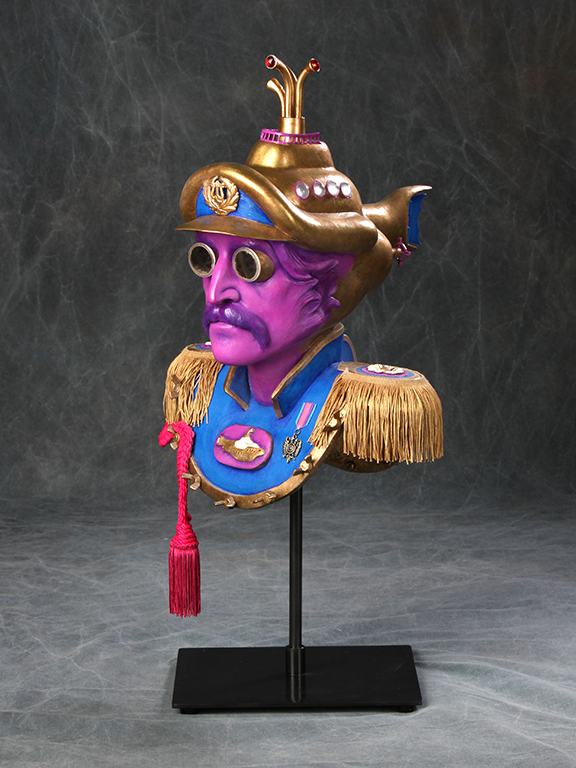 |
| Dan Chudzinski‘s Lennon |
Things to consider
when photographing 2D art:
photograph with as little compression as possible.
the paper.
• Reflection. Direct lighting will undoubtedly reflect. Too much direct
lighting, even if ambient, will blow out glazes in an oil painting. There are
ways to mask out reflection in Photoshop but unless you’re good at it, just try
to get the light as ambient as possible.
• Professional photography. Hiring a art photographer can sometimes be a good
investment, especially if your work will be published at a later date.
• Avoid over-Photo shopping a bad photograph. A bad photo is a bad photo. Do a
retake.
• Don’t photograph a piece under glass. If the piece is framed, attempt to take
the glass out, if possible. Glass often leaves a tint.
• WIP (work in progress) studio photographs are a great form of documentation.
Try to keep the lighting consistent, however.
Digital Art:
file type your curator or gallery needs, as well as what size. Make sure the
version you send them is the same version you will be printing (or displaying);
I’ve had more than one digital artist accidentally send me an earlier variation
of a work.
to the curator to find out the usage of the art first. They may be using it to
print posters, for example, or for a newspaper article.
Label Documentation:
painters) panel vs canvas, or paper. For traditional paints, just noting type
(“watercolor”) is fine (you don’t need to note the brand).
acceptable if there are more than a handful of medium types to construct your
work.
(“pyrography”, “chine colle”, “lost wax transfer”, “hand tinted etching”), note
that.
your piece is part of a limited edition, numbered print run and if so, how
large a run and what number this piece is in the run. You’ll want to note the
type of paper printed on (and if its archival). If you added a drawing to the
print (or any hand embellishment), this is called a “Remarque” and should also
be noted. Letters of Authenticity might be good to create for your print runs;
these can be valuable for provenance purposes, especially if the print run was
created just for the show.
Framing and Display of Your Work
prefers to use, you’ll have to consider how you’ll “finish off” your piece for
display. We often think of this step as “someone else’s problem”, since most of
us in the publication industry sell our work piecemeal or through conventions
where “display” can mean simply clipping a matted illustration to a grid wall.
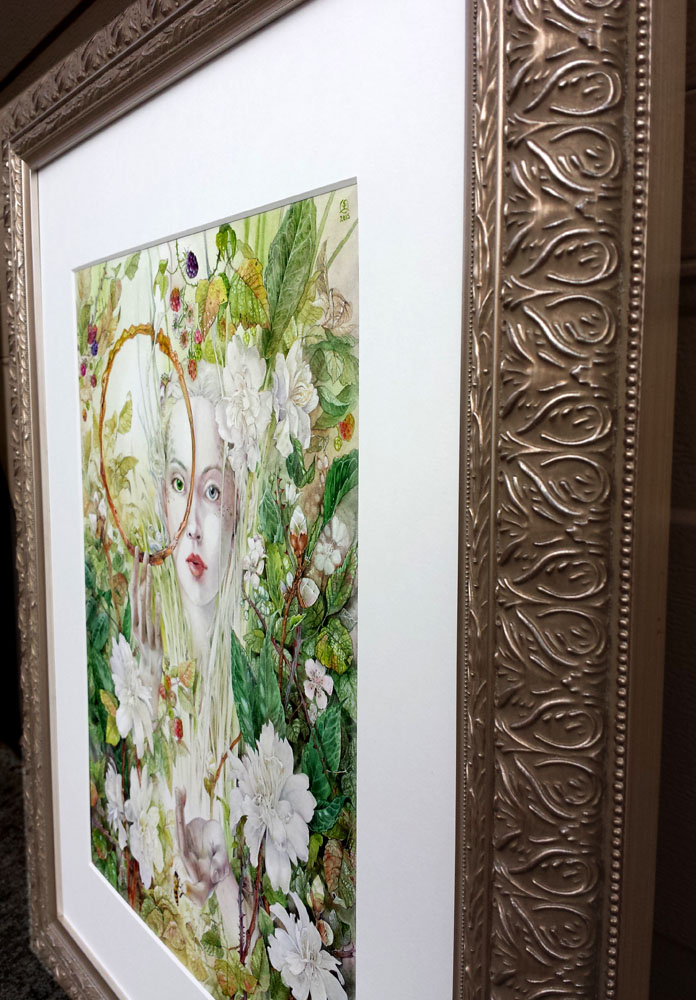 |
| Stephanie Pui-Mun Law‘s Daphnis |
this is important to know, especially if your wall piece is heavy or bulky.
You’ll likely have a limitation of “hang space” on the wall that you’ll need to
know as well. If it’s not in your agreement, definitely ask about these.
know that gallery’s display surfaces and if pieces can be anchored. Height of
displays should be considered as well. Will the pieces be incased in
glass/acrylic, or open? Are they in high traffic areas? Does your piece have special needs, such as
access to electricity? Is it interactive? Fragile? Does it need special
lighting?
Matting
and Mounting:
your matting. We all recommend using archival materials for matting and
mounting, as well as any glue/tape. I can’t tell you how many times I’ve seen
artists tape their work with a non-archival masking tape to the mat board, or
use old cardboard to back a piece. No. No. No. Oh, wait… No. No exceptions.
avoid slippage, use an archival tape that is easy to remove or cut off the
piece, and only tape to the margins (not into the image). If you use glue, a
water based archival glue like rice paste is preferred. These are easy to
remove for conservation or reframe purposes. Don’t use drafting tape. No. No.
No.
some blacks are acceptable.
Frames:
framing options; many artists choose to ship art unframed and have the curator
pick out economical frames for them. Often the gallerist knows or works with
good framers, or knows of good online framing options.
quality as well as hardware. Cheapest is not always best, especially if you
plan on slapping a high price on the work.
When
framing:
there you can use, available at frame shops or online frame stores. -If you use
museum glass, don’t touch it with your bare hands. Oil ruins it. Wipe with
microfiber.
• If you use plexi glass or another acrylic, clean it with a microfiber or with
a cleaner approved for plastics. Not all glass cleaners work on plastics.
piece. Avoid bright colors; stick with neutrals (woods, black frames or simple
gold/silver).
pull away from the frame if not installed correctly (or the frame is too
heavy). Tiny, built-in triangle hangers are also unreliable (these are found on
cheap pre-made frames). I recommend installing D-ring hardware with the correct
length screws (too small and they will pop off) along with picture wire. If you
have a heavy panel, or a long horizontal panel, you could just install hardware
(D-rings) and hang directly off those vs a long, unwieldly amount of wire.
tiny chips for black frames, and there are wood stain pens available for
various wood tones. You can touch up metals with metallic paint, just make sure
to match as best as you can.
Shipping Your Work
people involved with the shipping process who really care about your package
contents are you and the gallery. No amount of “Fragile” stickers will make
your packing decisions sound or keep your pieces from getting bounced around.
We naturally want to make things as economical as possible, but there are some
key things to consider when you ship work with a carrier that you shouldn’t
bypass.
Insurance:
Insure your package! Insure it for the value of the work you are shipping, or
at least for your commission rate value. Things do break, things do get lost.
Delivery Time:
If you choose the cheapest shipping rate (which is Ground) with a carrier, make
sure the package will actually arrive on time. All carriers have an “estimated
delivery time” – this is not a guaranteed delivery date, as sometimes shipments
are delayed due to weather, for example. Also consider that some carriers don’t
deliver on Saturdays, and they don’t count Sundays as a business day.
customs delay. You’ll want to give your package plenty of time to get through
customs.
Signature:
You’ll want the gallery to sign for your package. You don’t want your package
just left on a door step. Make sure to check this option.
Return Package Option:
If your piece doesn’t sell and needs to be returned, consider printing out a
return shipping label (which doesn’t cost you anything unless it’s used) with
your carrier and send it along with your package. Otherwise, you may want to
set up an account with your carrier (which can be done online and is easy) and
give your account number to the gallery, along with your return shipment
preferences. Most galleries will not pay for return shipment.
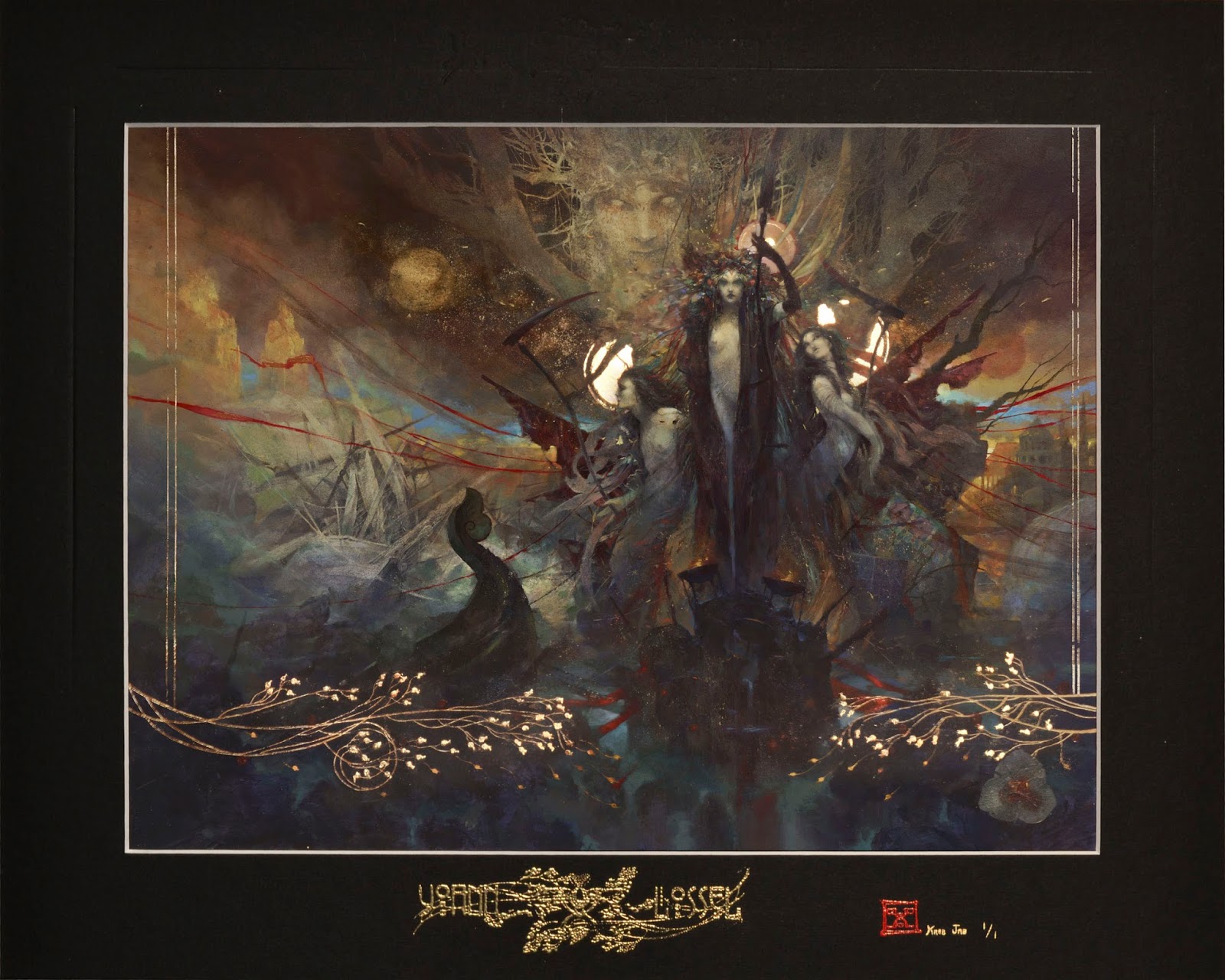 |
| Yoann Lossel Les Fleurs du Mal |
Packaging:
You will want to pack your work in such a way that it won’t shift in transit,
that the box won’t collapse or compress if something is stacked on it, and
equally, it’s not overpacked (bulging).
to make sure your frames are not rubbing against each other and that hardware
on the back of one frame isn’t connecting with the front of another frame. Wrap
your frame corners (or protect them) as they tend to get banged up the worst in
transit. And of course, avoid shipping glass.
glass (tape an X from corner to corner using a glass safe masking tape, or
applying a film across the glass); this keeps the glass from shattering into
the artwork should it break. Otherwise, a hardboard or stiff cover across the
glass front is recommended (avoid directly on glass; it should rest on the
frame front), then wrap in bubble wrap or paper. Then pray to the Shipping
Gods.
the surface, although this may be really difficult to accomplish. You can wrap
the painting in plastic wrap, but regardless, don’t ship a wet or tacky
painting, and certainly don’t ship an oil painting exposed to packing peanuts.
Do not wrap your painting in bubble wrap – it WILL leave bubble marks if put
directly on a painted surface.
heavy, stiff cardboard, with clean tissue or paper separating each piece of
art. If you can bend it, it will be bent in shipping, so make it stiff as
possible. “Do Not Bend” signs on the package are recommended.
you use them. We prefer bubble wrap or packing paper for 2D work.
to pack your work in a box floating in a box, with packing material cushioning
the two (like packing peanuts or foam). Cut foam inserts and molds are commonly
used to cushion and support a sculpture. For big, heavy pieces, you’ll have to
consider a crate. Places like Uline sells
crates for sculpture if you don’t know how to build one. Always make sure the
UP side of the crate or box is marked clearly, and your box is sealed firmly.
places like FedEx Centers have these options. You should also ask your gallery
or curator if they have any suggestions; often they have preference of carrier
or packaging specifications.
shipping it off, you’ve gotten your documentation requirements fulfilled,
you’ve wiped your brow and you’re good to go…right?
stressful part (after creating your art) has been saved for last. That is The
Artist Statement, Marketing, and Pricing your art. This will be Part 3 and the
Last Installment of this Series!
_________________________________





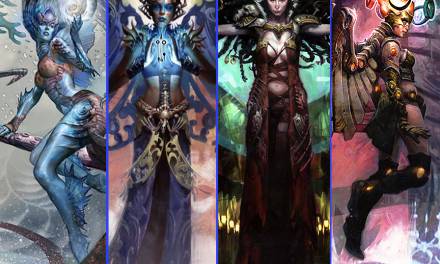
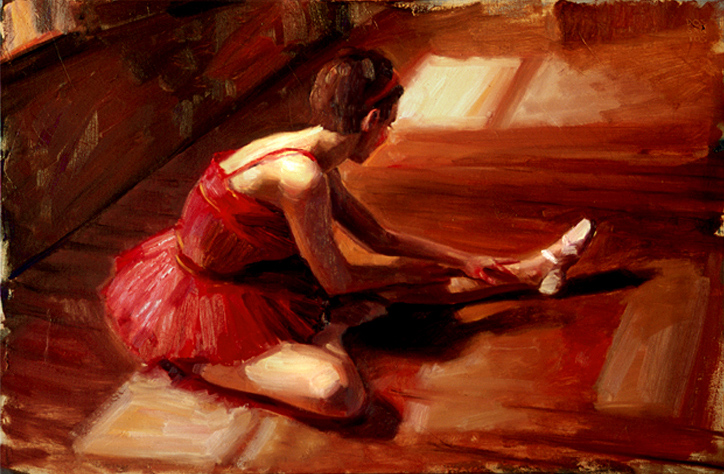

Thanks for the Articles! They are really great.
I am curious if you will touch on dealing with galleries as an international artist? For example, I am from Canada and if I am interested in working with a US gallery, what might I encounter with shipping through customs, and how would I get paid for pieces sold?